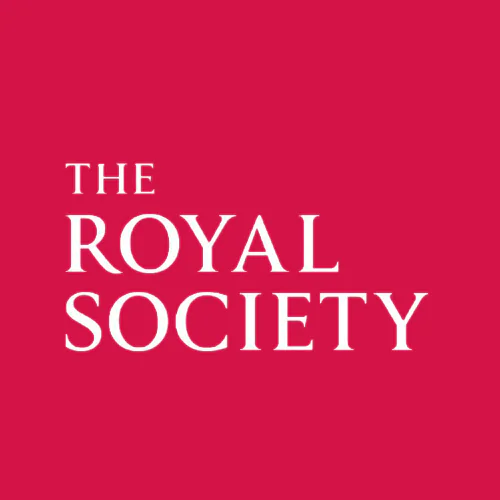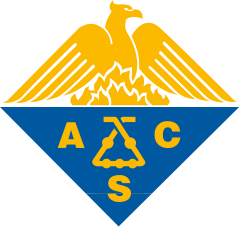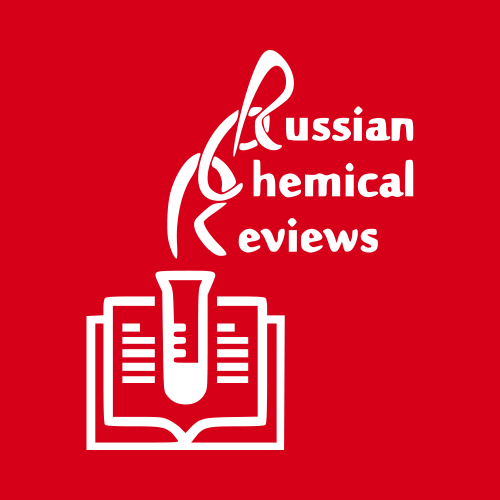Triplex-forming oligonucleotides targeting c-MYC potentiate the anti-tumor activity of gemcitabine in a mouse model of human cancer
Stephen B Boulware
1
,
Laura A Christensen
1
,
Howard Thames
2
,
Lezlee Coghlan
3
,
Karen M. Vasquez
1
,
Rick A. Finch
4
2
Publication type: Journal Article
Publication date: 2013-05-16
scimago Q2
wos Q2
SJR: 0.949
CiteScore: 4.9
Impact factor: 3.2
ISSN: 08991987, 10982744
DOI:
10.1002/mc.22026
PubMed ID:
23681918
Cancer Research
Molecular Biology
Abstract
Antimetabolite chemotherapy remains an essential cancer treatment modality, but often produces only marginal benefit due to the lack of tumor specificity, the development of drug resistance, and the refractoriness of slowly proliferating cells in solid tumors. Here, we report a novel strategy to circumvent the proliferation-dependence of traditional antimetabolite-based therapies. Triplex-forming oligonucleotides (TFOs) were used to target site-specific DNA damage to the human c-MYC oncogene, thereby inducing replication-independent, unscheduled DNA repair synthesis (UDS) preferentially in the TFO-targeted region. The TFO-directed UDS facilitated incorporation of the antimetabolite, gemcitabine (GEM), into the damaged oncogene, thereby potentiating the anti-tumor activity of GEM. Mice bearing COLO 320DM human colon cancer xenografts (containing amplified c-MYC) were treated with a TFO targeted to c-MYC in combination with GEM. Tumor growth inhibition produced by the combination was significantly greater than with either TFO or GEM alone. Specific TFO binding to the genomic c-MYC gene was demonstrated, and TFO-induced DNA damage was confirmed by NBS1 accumulation, supporting a mechanism of enhanced efficacy of GEM via TFO-targeted DNA damage-induced UDS. Thus, coupling antimetabolite chemotherapeutics with a strategy that facilitates selective targeting of cells containing amplification of cancer-relevant genes can improve their activity against solid tumors, while possibly minimizing host toxicity.
Found
Nothing found, try to update filter.
Found
Nothing found, try to update filter.
Top-30
Journals
|
1
|
|
|
Anti-Cancer Agents in Medicinal Chemistry
1 publication, 5.88%
|
|
|
Chemistry Letters
1 publication, 5.88%
|
|
|
Human Gene Therapy
1 publication, 5.88%
|
|
|
Philosophical Transactions of the Royal Society B: Biological Sciences
1 publication, 5.88%
|
|
|
Genes
1 publication, 5.88%
|
|
|
Molecules
1 publication, 5.88%
|
|
|
Frontiers in Pharmacology
1 publication, 5.88%
|
|
|
Nature Reviews Genetics
1 publication, 5.88%
|
|
|
Cell Death and Disease
1 publication, 5.88%
|
|
|
Neuroscience
1 publication, 5.88%
|
|
|
ACS Chemical Biology
1 publication, 5.88%
|
|
|
RSC Advances
1 publication, 5.88%
|
|
|
BMC Cancer
1 publication, 5.88%
|
|
|
AI in Precision Oncology
1 publication, 5.88%
|
|
|
Russian Chemical Reviews
1 publication, 5.88%
|
|
|
1
|
Publishers
|
1
2
3
|
|
|
Springer Nature
3 publications, 17.65%
|
|
|
Mary Ann Liebert
2 publications, 11.76%
|
|
|
MDPI
2 publications, 11.76%
|
|
|
Elsevier
2 publications, 11.76%
|
|
|
Bentham Science Publishers Ltd.
1 publication, 5.88%
|
|
|
Oxford University Press
1 publication, 5.88%
|
|
|
The Royal Society
1 publication, 5.88%
|
|
|
Frontiers Media S.A.
1 publication, 5.88%
|
|
|
American Chemical Society (ACS)
1 publication, 5.88%
|
|
|
Royal Society of Chemistry (RSC)
1 publication, 5.88%
|
|
|
Autonomous Non-profit Organization Editorial Board of the journal Uspekhi Khimii
1 publication, 5.88%
|
|
|
1
2
3
|
- We do not take into account publications without a DOI.
- Statistics recalculated weekly.
Are you a researcher?
Create a profile to get free access to personal recommendations for colleagues and new articles.
Metrics
17
Total citations:
17
Citations from 2024:
2
(11.76%)
Cite this
GOST |
RIS |
BibTex |
MLA
Cite this
GOST
Copy
Boulware S. B. et al. Triplex-forming oligonucleotides targeting c-MYC potentiate the anti-tumor activity of gemcitabine in a mouse model of human cancer // Molecular Carcinogenesis. 2013. Vol. 53. No. 9. pp. 744-752.
GOST all authors (up to 50)
Copy
Boulware S. B., Christensen L. A., Thames H., Coghlan L., Vasquez K. M., Finch R. A. Triplex-forming oligonucleotides targeting c-MYC potentiate the anti-tumor activity of gemcitabine in a mouse model of human cancer // Molecular Carcinogenesis. 2013. Vol. 53. No. 9. pp. 744-752.
Cite this
RIS
Copy
TY - JOUR
DO - 10.1002/mc.22026
UR - https://doi.org/10.1002/mc.22026
TI - Triplex-forming oligonucleotides targeting c-MYC potentiate the anti-tumor activity of gemcitabine in a mouse model of human cancer
T2 - Molecular Carcinogenesis
AU - Boulware, Stephen B
AU - Christensen, Laura A
AU - Thames, Howard
AU - Coghlan, Lezlee
AU - Vasquez, Karen M.
AU - Finch, Rick A.
PY - 2013
DA - 2013/05/16
PB - Wiley
SP - 744-752
IS - 9
VL - 53
PMID - 23681918
SN - 0899-1987
SN - 1098-2744
ER -
Cite this
BibTex (up to 50 authors)
Copy
@article{2013_Boulware,
author = {Stephen B Boulware and Laura A Christensen and Howard Thames and Lezlee Coghlan and Karen M. Vasquez and Rick A. Finch},
title = {Triplex-forming oligonucleotides targeting c-MYC potentiate the anti-tumor activity of gemcitabine in a mouse model of human cancer},
journal = {Molecular Carcinogenesis},
year = {2013},
volume = {53},
publisher = {Wiley},
month = {may},
url = {https://doi.org/10.1002/mc.22026},
number = {9},
pages = {744--752},
doi = {10.1002/mc.22026}
}
Cite this
MLA
Copy
Boulware, Stephen B., et al. “Triplex-forming oligonucleotides targeting c-MYC potentiate the anti-tumor activity of gemcitabine in a mouse model of human cancer.” Molecular Carcinogenesis, vol. 53, no. 9, May. 2013, pp. 744-752. https://doi.org/10.1002/mc.22026.













